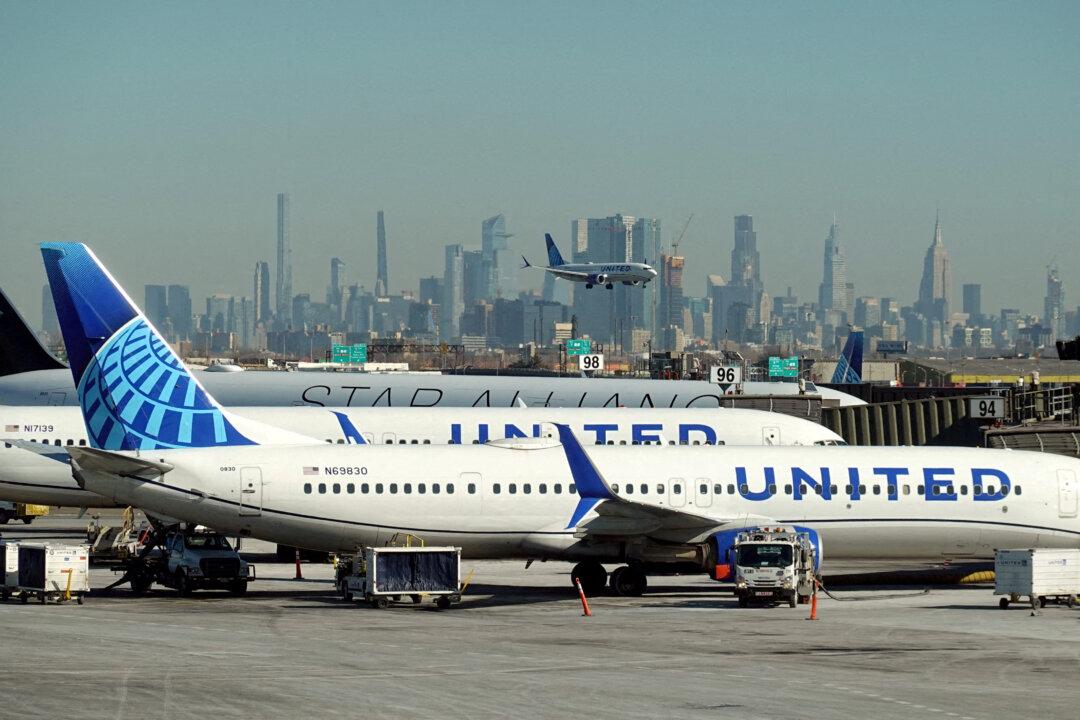Procter & Gamble Co. reported a decline in its third-quarter operating margin on April 23 and said a strong U.S. dollar hurt sales of its grooming products, sending shares of the maker of Tide and Gillette products down as much as 3.3%.
Soaring commodity and transportation costs have eroded margins across the consumer goods industry over the past year. P&G said its core operating margin declined by 60 basis points to 19.9%, and was hurt by foreign exchange fluctuations.
This was considerably below the estimates of some analysts. Bernstein analyst Ali Dibadj, for example, forecast an operating margin of 20.9%.
“Expectations were quite high and operating margin was more sour than people thought, which raises questions of P&G having to increase investments to grow topline growth,” Dibadj said. “It’s an industry problem but I think they’re doing what they can.”
The world’s no.1 maker of personal care goods, which gets more than half its sales from outside North America, has tried to offset the higher costs by upgrading several products and then raising their prices.
Indeed, price hikes on P&G’s skincare and detergent lines, which include Tide, Olay, and SK-II, helped the Cincinnati-based company beat revenue and profit estimates.
“We’re pricing to recover the costs not to recover the margin, and so we typically see margin compression,” Chief Financial Officer Jon Moeller said on a call to discuss earnings. Moeller said he expected P&G’s operating margin to grow again “going forward.”
Higher prices are often met with resistance from retailers, but Moeller said the rises had stuck so far.
P&G, which also makes Pampers diapers and Febreze air fresheners, reported a 5 percent rise in organic sales, a keenly watched metric that excludes the impact of currency changes and mergers and acquisitions. Price hikes contributed 2 percentage points to organic sales growth.
Some rivals, too, have benefited after raising prices. Kimberly Clark Corp., which makes Kleenex tissues and Huggies diapers, said on Monday it beat first-quarter earnings and revenue estimates by hiking prices and cutting operating costs to offset a stronger dollar and higher raw material costs.
Still, the impact of foreign exchange fluctuations dragged organic sales down by 1% at P&G’s grooming business, which makes Gillette razors, gels and foams, some of the company’s best-selling products in international markets.
Organic sales from fabric and home care, P&G’s biggest unit, surged 7%. The beauty business saw a 9% rise in organic sales, helped by the premium SK-II brand.
Wells Fargo analyst Bonnie Herzog said that while she approved of the price hikes and sales growth in beauty, she was concerned about weak sales at P&G’s grooming and baby care businesses.
Net income rose to $2.75 billion, or $1.04 per share, in the quarter ended March 31. Excluding items, the company earned $1.06 per share, beating the average analyst estimate of $1.03 per share.
Net sales rose 1.1 percent to $16.46 billion, beating analysts’ average estimate of $16.37 billion, according to IBES data from Refinitiv.





